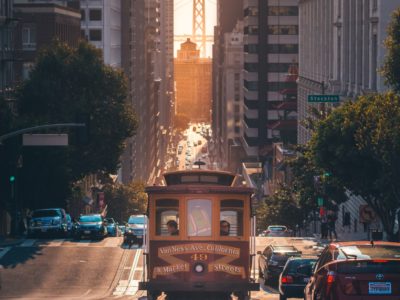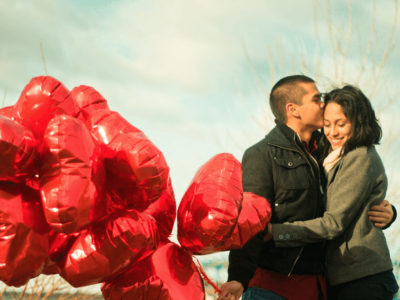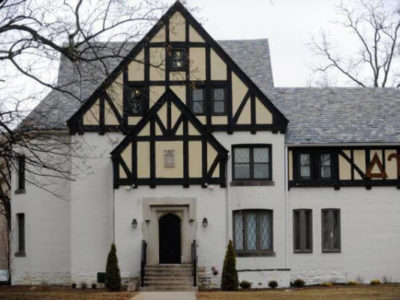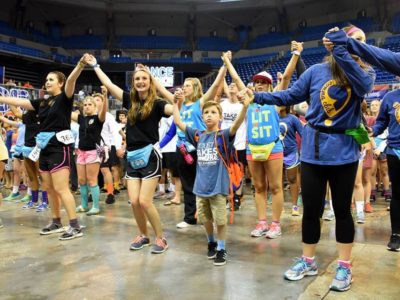Did you hit quarantine boredom yet? After filling the days indoors with cooking recipes, movie marathons, knitting projects or even trying your hand at homemade kombucha, it’s about time you go outside and explore the city. Restaurants and shops in the San Francisco area began slowly reopening according to city safety protocols; it seems like it may resemble normal life soon.
Read on for 10 safe activities you can try in San Francisco to keep you busy.
1. Land’s End
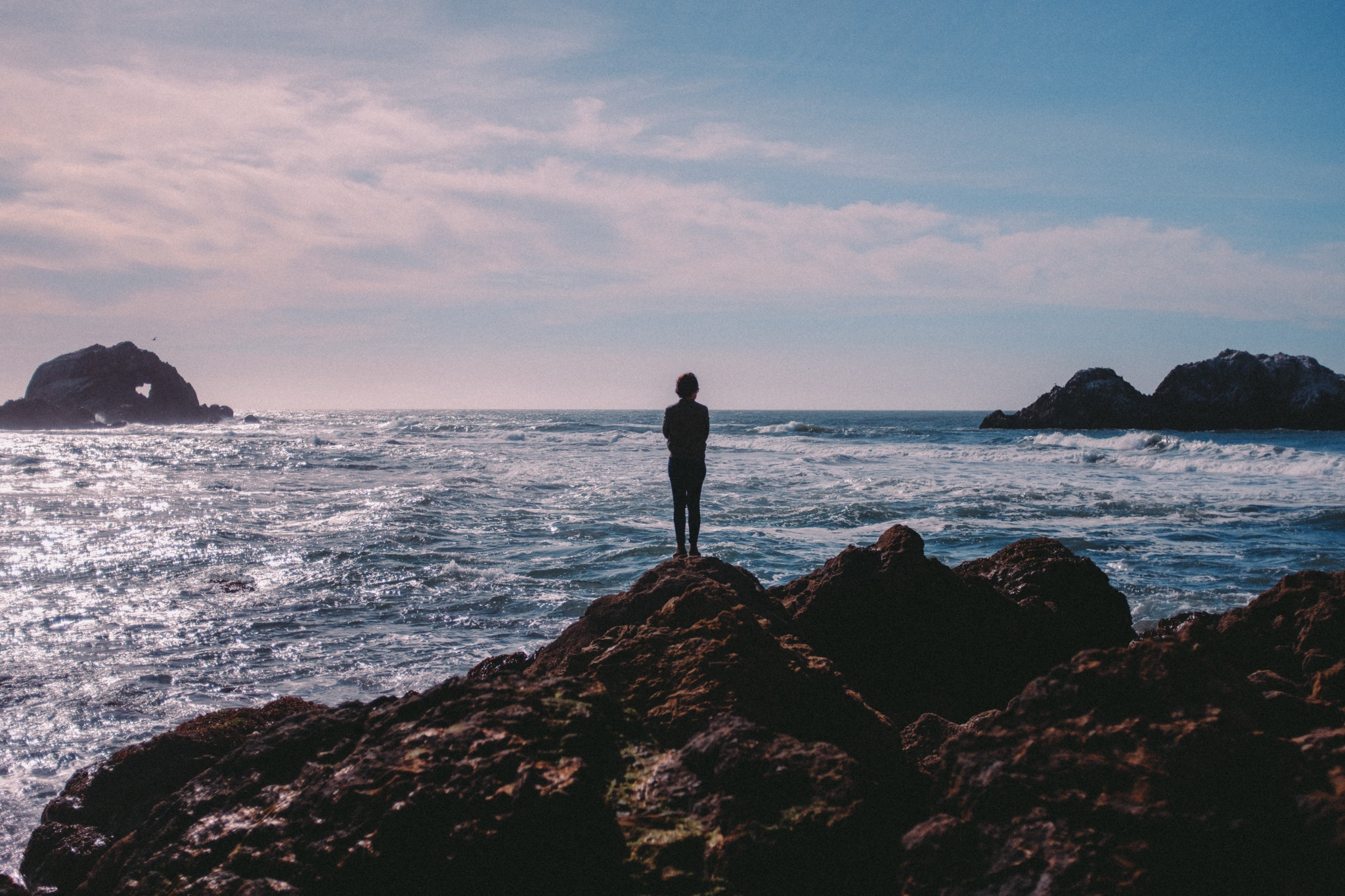
Land’s End is located at the northwestern corner of San Francisco, offering amazing views of the shore, headlands and Golden Gate Bridge. The trail takes you around cliffs above the ocean and shaded paths through cypress and eucalyptus trees. “[Land’s End] is a great place to take pictures or watch the sunset,” UC Berkeley sophomore Sam Wong said. “It’s cool to walk through the ruins below the trail too.” The ruins of Sutro Bath are situated right along the shore; apparently, at one point it was the world’s largest indoor swimming pool establishment before burning down in 1966.
2. The Golden Gate Bridge
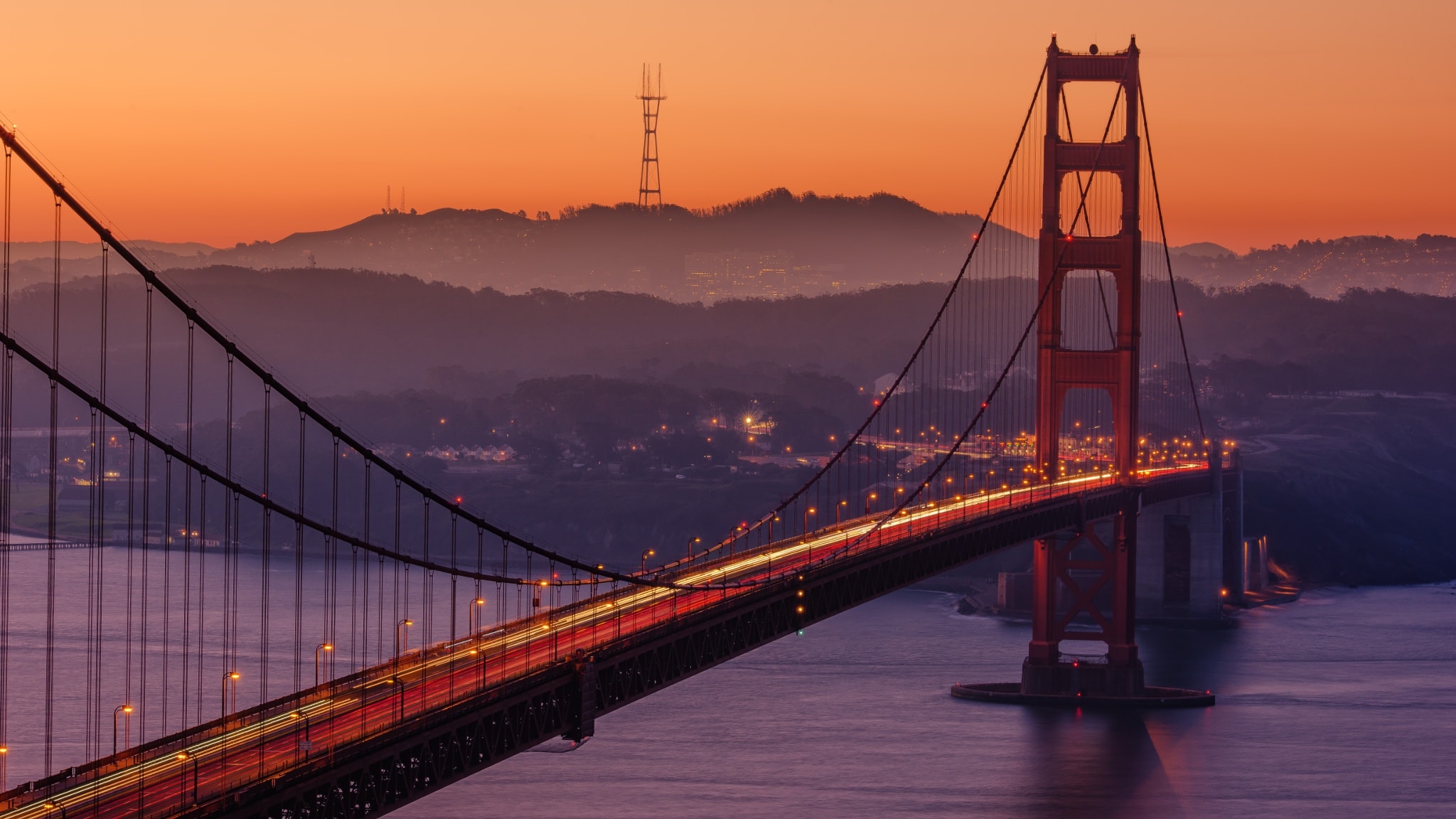
Synonymous with San Francisco, the Golden Gate Bridge is a suspension bridge linking the city to Marin County across a mile-wide strait that connects the Bay and the Pacific Ocean. The distance across the bridge is 4,200 feet, or just under a mile. It’s definitely worth it to visit this Bay Area icon! As poet Lawrence Ferlinghetti writes in “The Changing Light,” “The light of San Francisco / is a sea light / an island light… drifting in at night / through the Golden Gate / to lie on the city at dawn.”
3. Ocean Beach
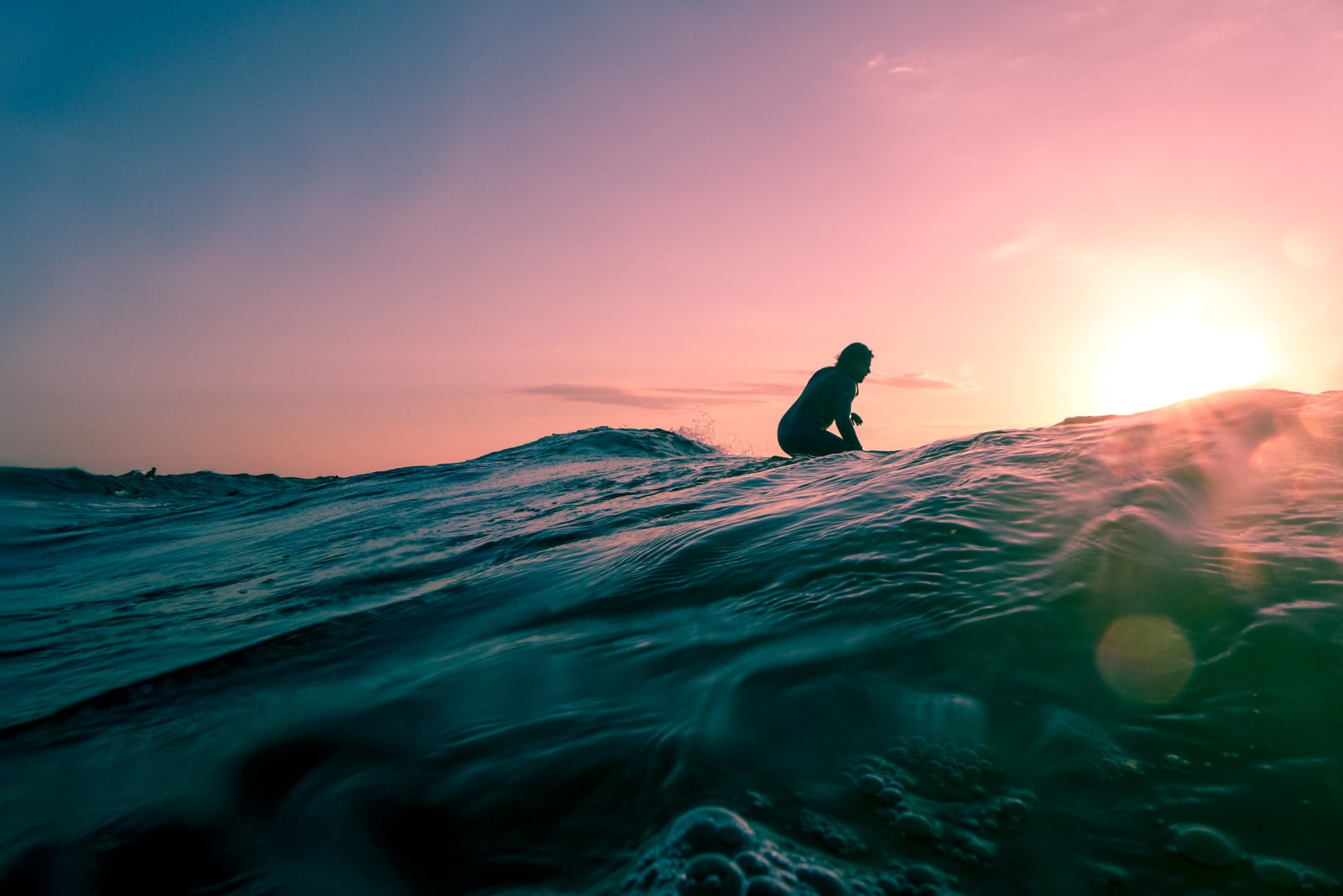
Ocean Beach is notorious for frigid waves and a hazardous current that only the most experienced surfers will venture into. As surf instructor Alex once put it, “If you can surf at Ocean Beach, you can pretty much surf anywhere.” As one of the Bay Area’s top surfing spots, Ocean Beach is often cold and windy and not necessarily suited for the casual beach-goer, although during the summer bonfires proliferate.
4. Twin Peaks
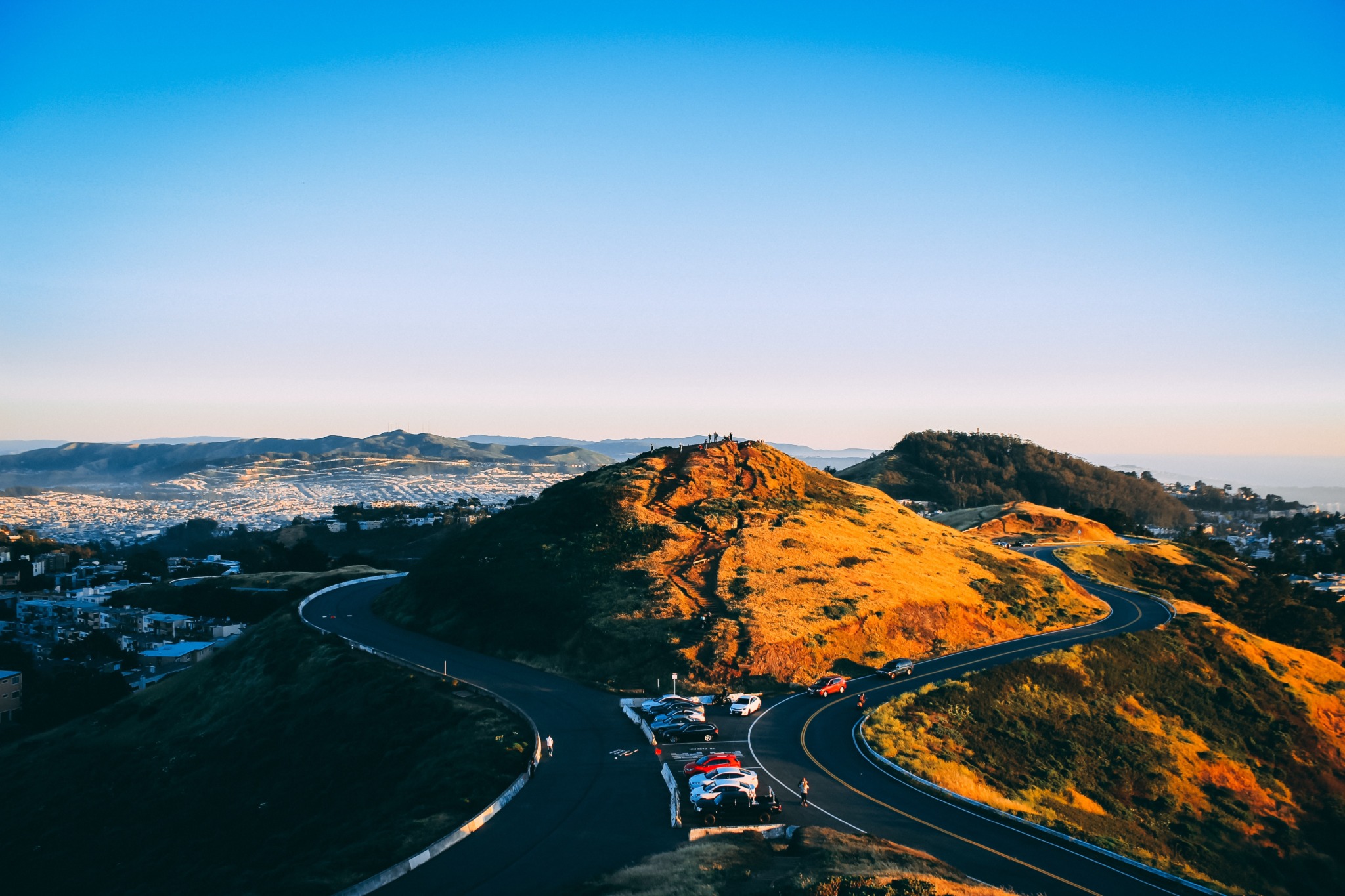
Not to be confused with the 90’s crime drama, the Twin Peaks feature across the San Francisco skyline as two prominent hills. The North and South Peaks, known as “Eureka” and “Noe” respectively are the second highest points in the city (second to Mount Davidson). From the peaks, you can see Sutro Tower standing tall, as well as views of the Bay, Cobb Mountain and Santa Clara Valley on a clear day. Fun fact: When Spanish conquistadors arrived at the beginning of the 18th century, they named the area “Los Pechos de la Chola” or “Breasts of the Indian Maiden,” and used the area for ranching.
5. Mission District Murals
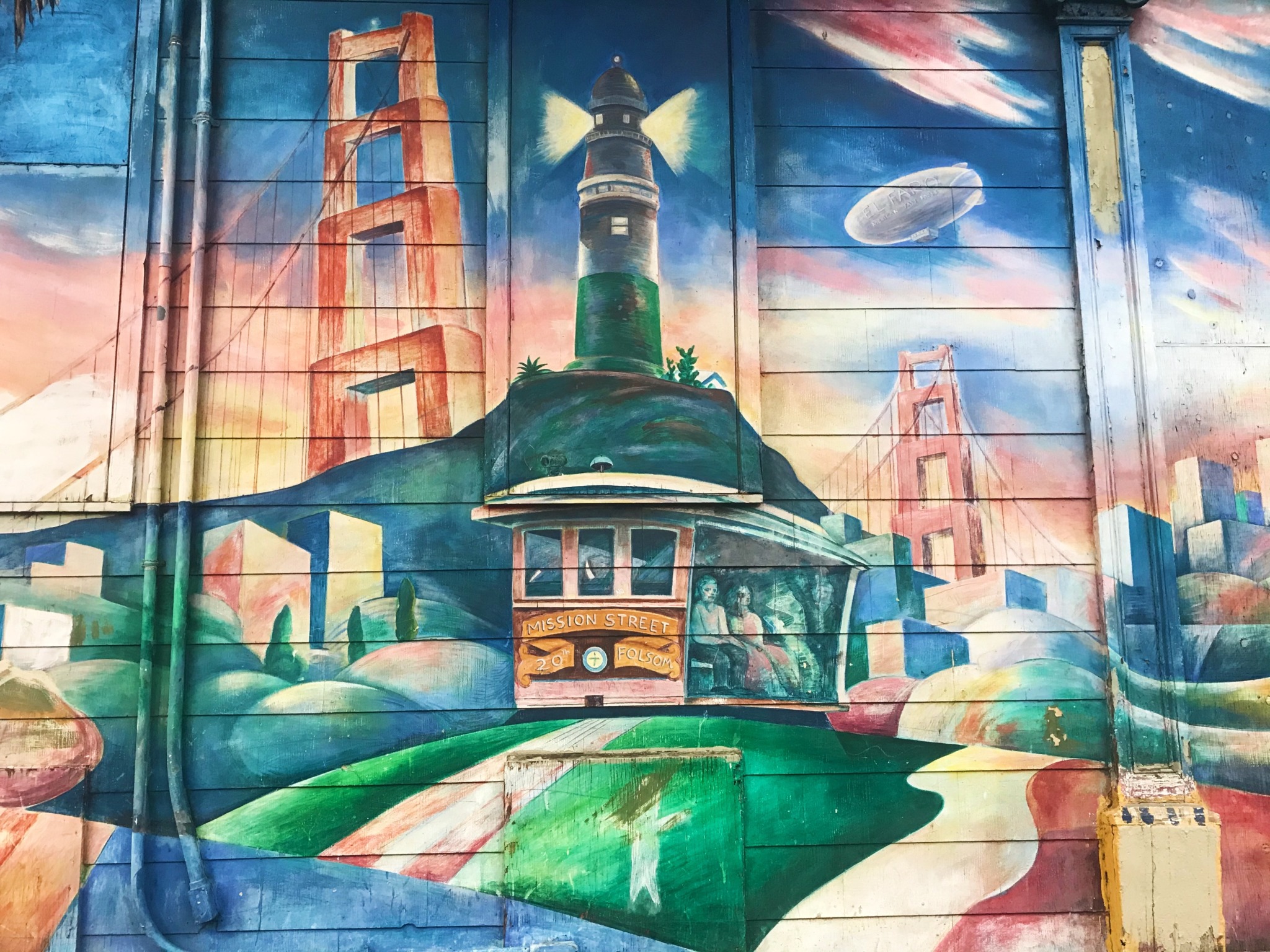
If you’re looking to experience part of the city’s arts and culture, try walking through the Mission District. An outdoor gallery with vibrant murals, this neighborhood proliferates with art that speaks to themes of cultural heritage and social-political statements. “I took an Art History class where we had to write a paper on one of the murals in the Mission District. A lot of murals represent Latinx culture and history. I wrote my paper on this beautiful mural of a lighthouse right next to a taqueria,” UC Berkeley junior Emma Moore said. Some murals, like the MaestraPeace Mural, the product of a collaboration between seven women artists, are recognized internationally.
6. Embarcadero
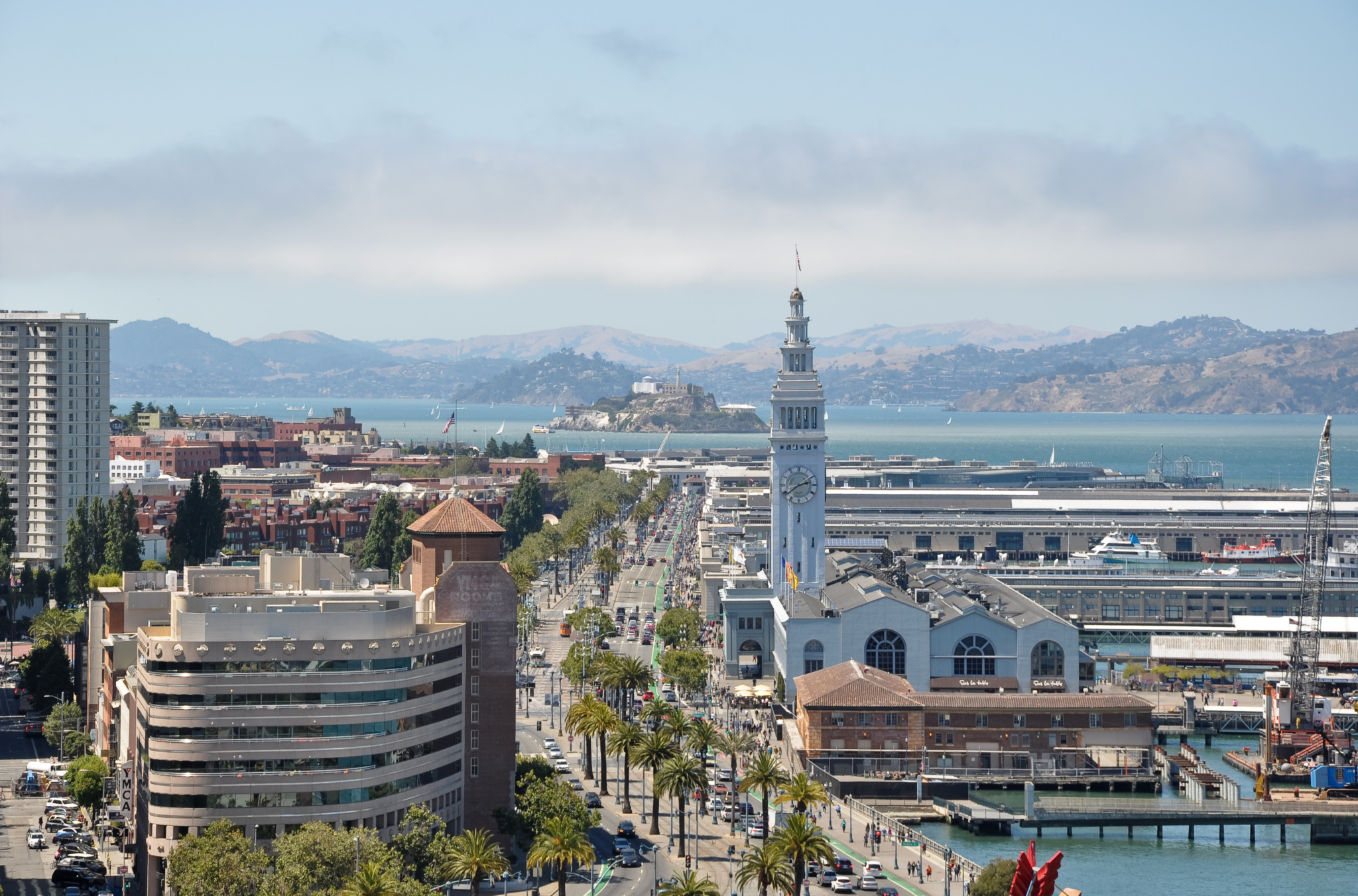
This waterfront stretch is located on the eastern shoreline of the city. The name is derived from the Spanish verb embarcar, meaning “to embark.” Home to the Ferry Building, Fisherman’s Wharf and several Piers, The Embarcadero is a great place to walk along the water or grab something to eat. On the Piers, you would usually find ferries to Alcatraz Island, and science exhibits at the Exploratorium. Try the outdoor dining on the patio of the Waterbar Restaurant, a seafood restaurant with great views of the Bay Bridge.
7. City Lights Bookstore
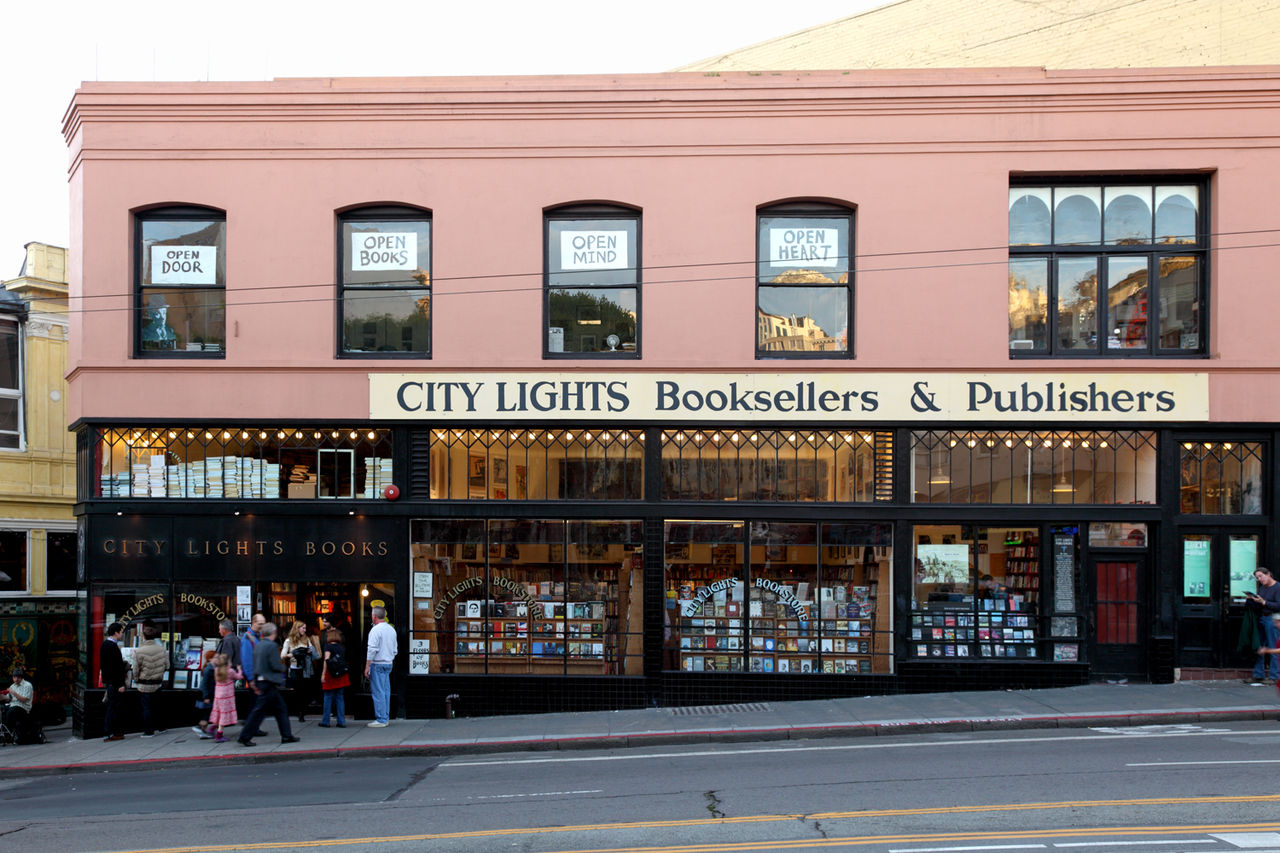
This iconic bookstore was founded in 1953 by poet Lawrence Ferlinghetti and declared an official historic landmark in 2001. The bookstore holds a wonderful poetry room upstairs and would host weekly readings before COVID-19. City Lights is known as the home of the Beat movement, a former hangout and meeting place for writers like Jack Kerouac, Gary Snyder and Allen Ginsberg.
8. Japanese Tea Garden
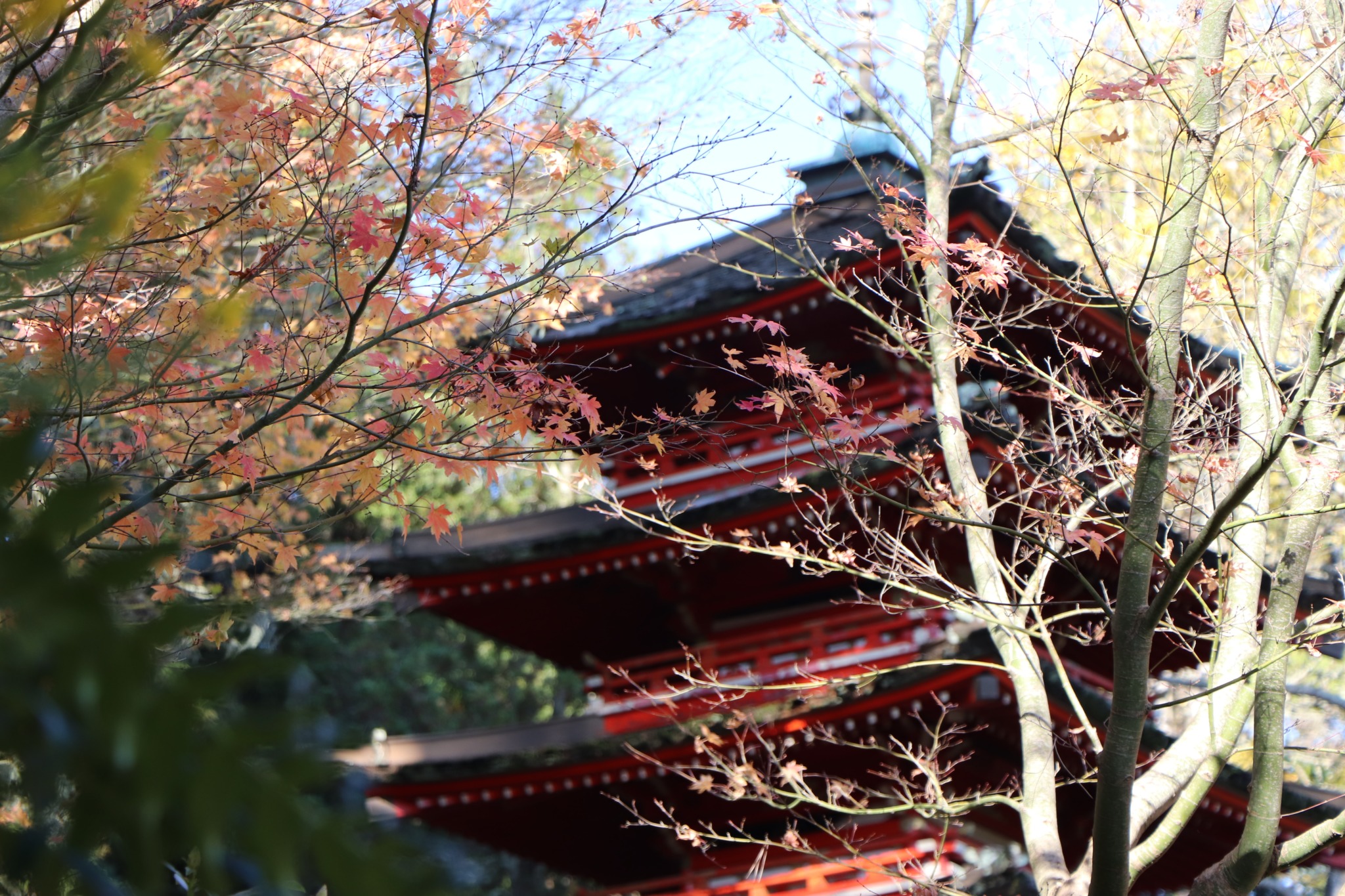
While the Garden is currently still closed, it may reopen (along with gyms, swimming pools, and playgrounds) on July 13. Located within Golden Gate Park, this Japanese-style garden features a waterfall, stone lanterns, stepping stone paths, native Japanese plants, koi ponds and even a zen garden. Landscape architect Mr. Hagiwara and his family cared for the garden until 1942 when they forcibly relocated to internment camps. For beautiful sights, go in March and April when cherry blossoms bloom.
9. Palace of Fine Arts
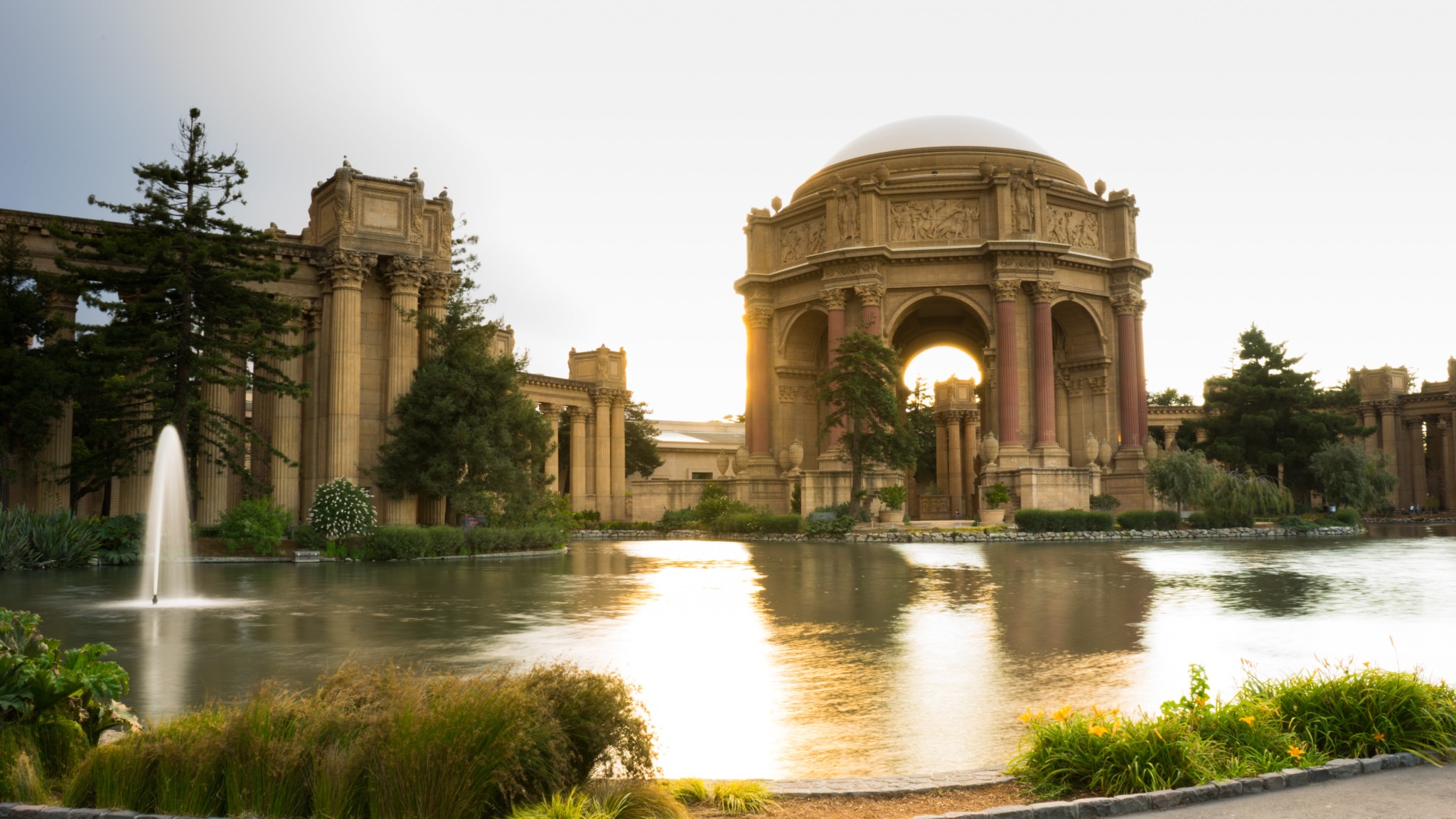
Originally built for the 1915 Panama-Pacific Exhibition in order to exhibit works of art, The Palace of Fine arts needs a spot on your “sights to see” list. Unlike other structures from the Exposition, The Palace underwent renovations and remains open for the public. The exhibition center now hosts events such as weddings or fairs. Roman and Ancient Greek architecture inspired the design of the palace; the architect intended to evoke a decaying ruin. Even classic films like “Vertigo” and “The Room,” have featured the Palace of Fine Arts in their sequences.
10. Legion of Honor
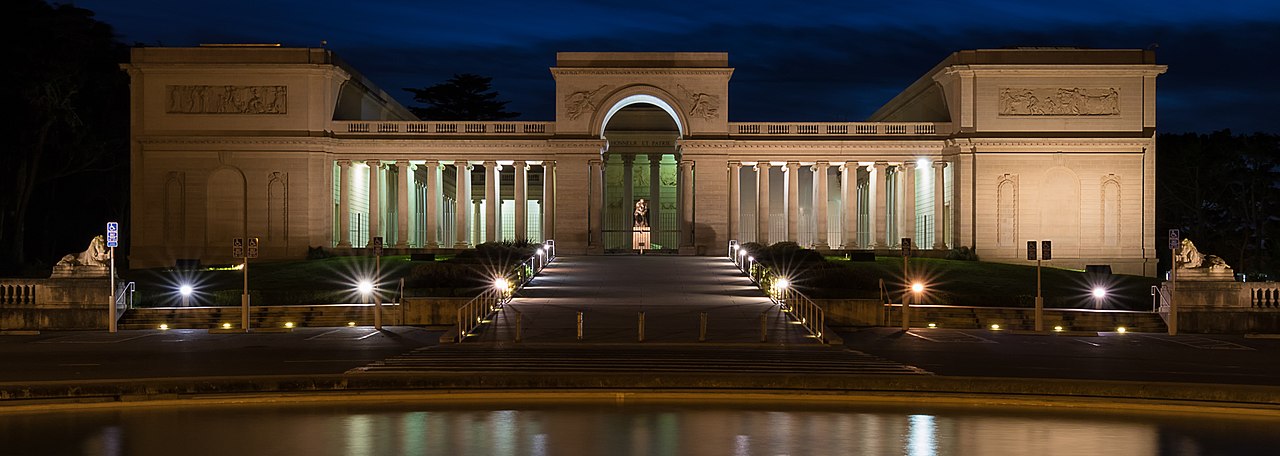
The Legion of Honor museum pays homage to the Palais de la Légion d’Honneur in Paris and opened on Armistice Day of 1924, dedicated to the Californian soldiers killed in the war. The museum displays a collection of ancient and European art spanning more than 6,000 years. “It’s one of my favorite museums. It has the sculpture of “The Thinker” right when you enter and a collection of Rodin’s other sculptures. I literally bumped into my philosophy professor here once and I feel like it’s the universe telling me I have good taste,” UC Berkeley sophomore Lily Matsuda said. Hitchcock’s “Vertigo” featured the museum when Scottie follows the mysterious Madeleine through the gallery.

